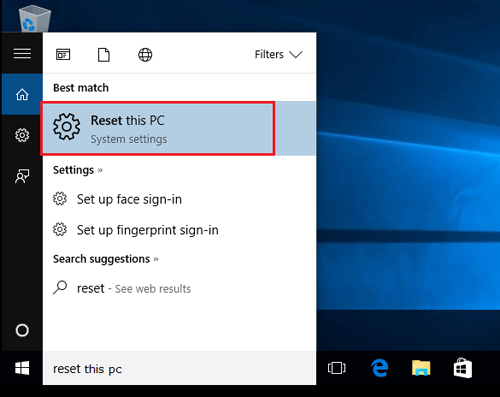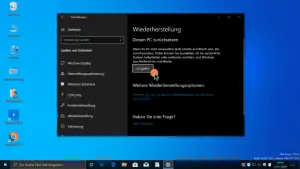
Once you’ve backup up any important files associated with software that will be uninstalled during this process, you should be ready to select “Get started”. From here, go to the “Device performance & health” tab, and select “Additional info” from the “Fresh Start” section.įrom there, you’ll be taken to the “Fresh Start” screen, which will give you some details about the process, and give you the option to “Get started”. To access the option to refresh your Windows 11 installation, open “Windows Security”, which you can access from the Start menu. You will have to reinstall a lot of software, so it’s recommended that prior to conducting a refresh, you backup any important files associated with the software you have installed, like game save files or configuration files.

It’s relatively noninvasive and lets you keep any saved files on your computer.

If you’re having a few minor problems with your Windows install, and just want to undo some changes that might have been made to core operating system files, this may be a good option. This will leave any files stored on your computer intact, but it will uninstall any software that you have installed, except for those you’ve installed from the Windows App Store. This is the least invasive option officially supported by Windows for repairing any major issues with your Windows installation.


 0 kommentar(er)
0 kommentar(er)
